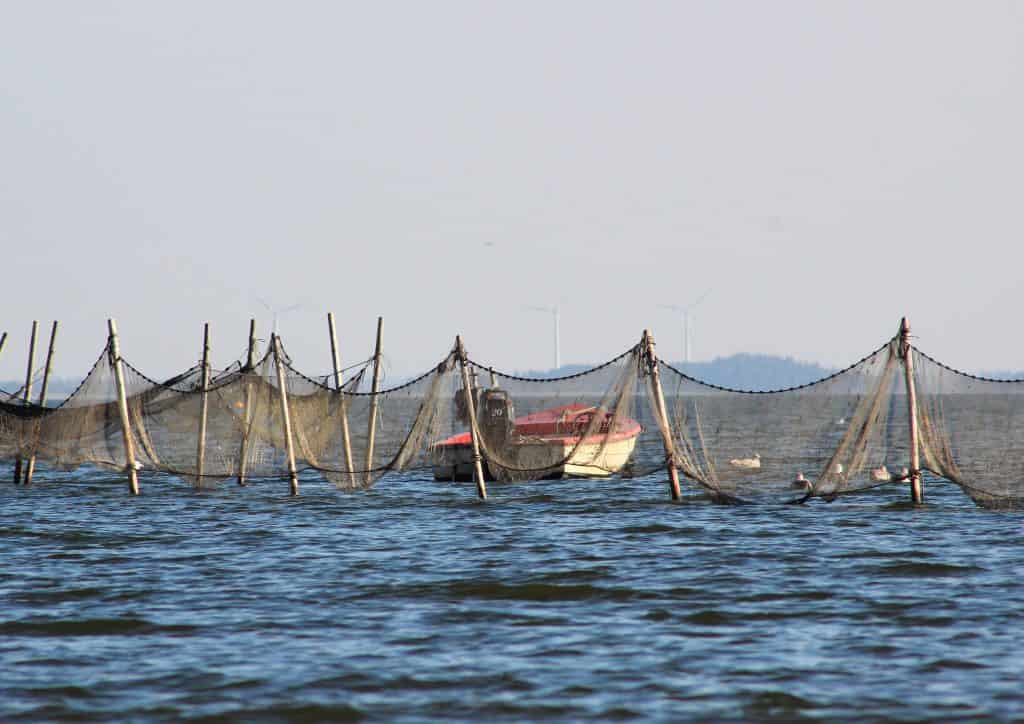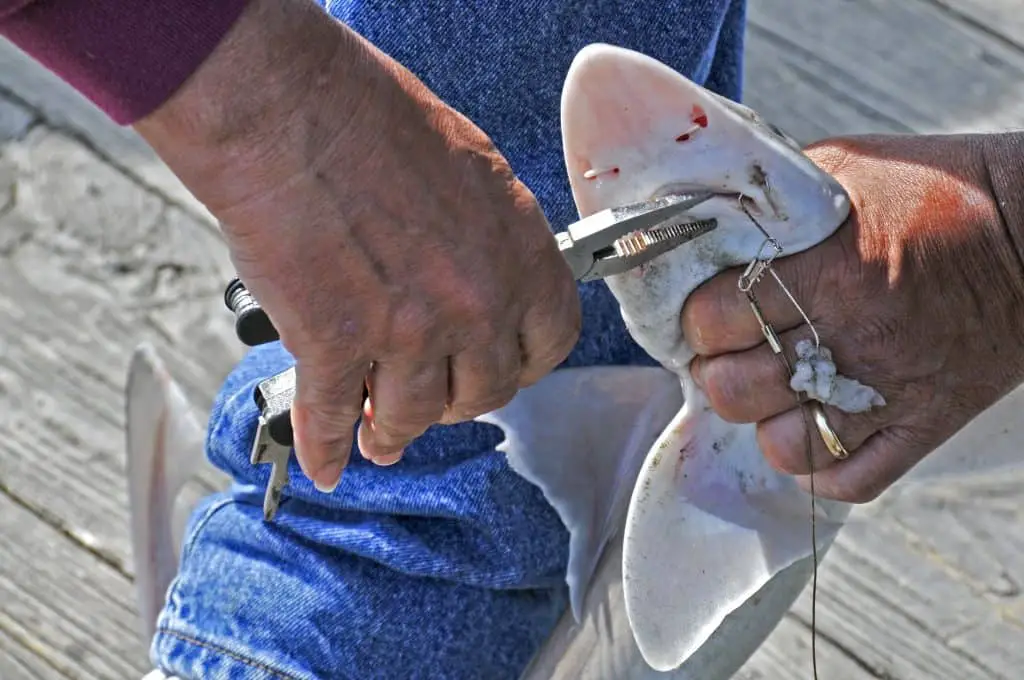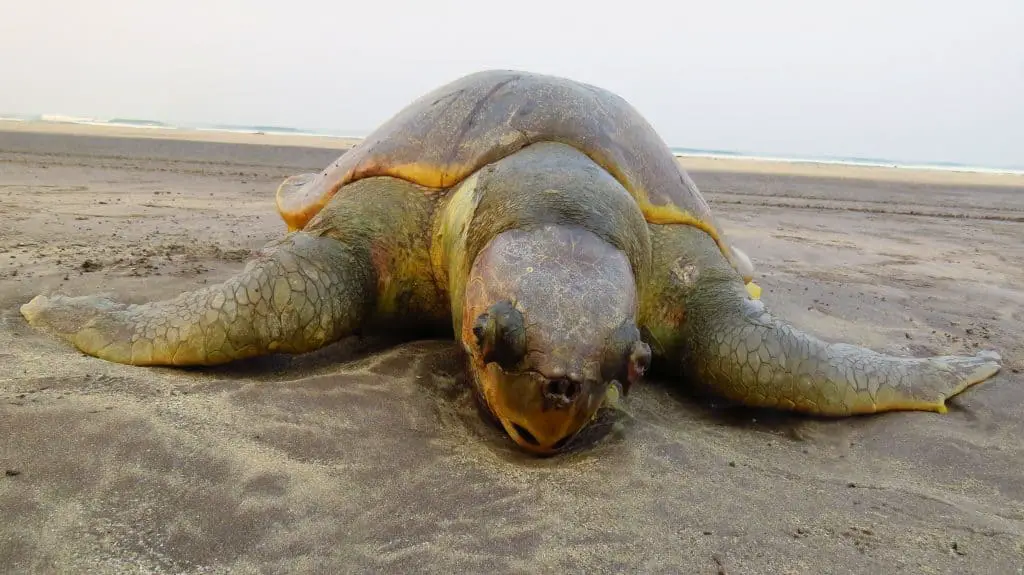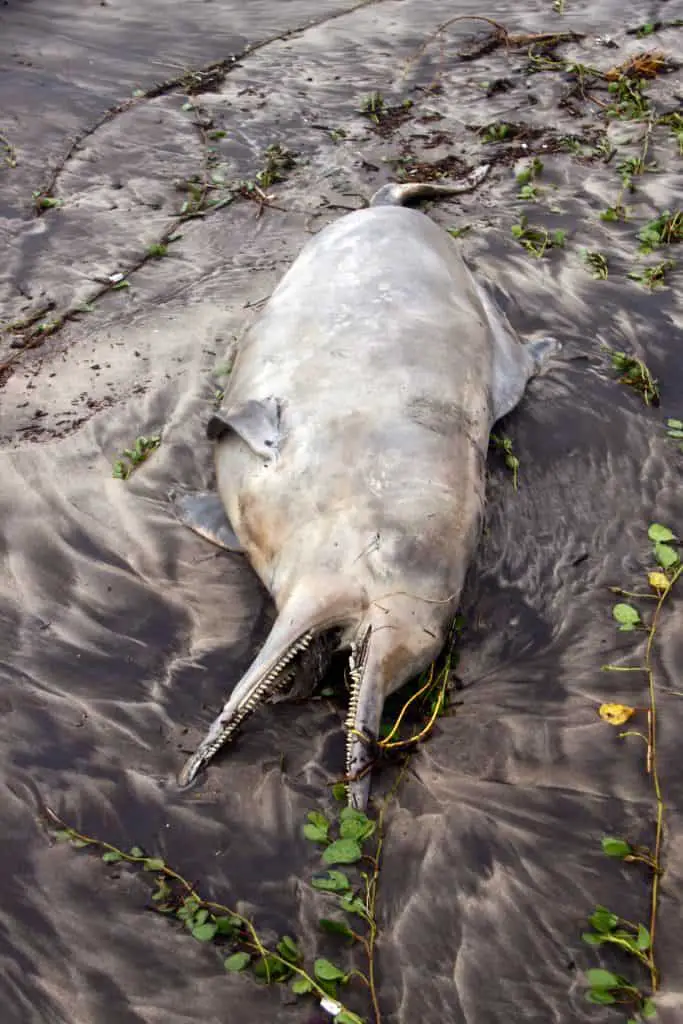What is bycatch? The term refers to marine animals or sea birds that are not the intended catch. The fishing industry will use fishing methods associated with bycatch including longlines, gillnets and purse seine nets. Various marine species such as sea turtles, dolphins, sharks, seabirds and even whales can all be considered bycatch.
This article will explore what happens to these non target animals when they get caught in a net or on a hook – and why this practice is so dangerous for our oceans.

Why is bycatch a problem of the fishing industry?
In the gulf of california alone, the National Oceanic and Atmospheric Administration (NOAA) found that nearly 700 sea turtles had been caught as bycatch in the past year. Estimates are that United States fisheries discard about 2 billion pound of bycatch per year.
The unintentional catch of bycatch from fisheries is a major problem for marine animals. The danger lies in the fact that these creatures often get tangled in a fishing net or discarded on the deck of a vessel. Due to well intended regulations, these species are often not allowed to be caught. What happens then though, is that they are either left to suffocate on board or thrown overboard alive, after which many fish will still die due to shock and having been outside of the water for a prolonged time.
But this isn’t only about fishermen and their fishing vessels. Each year, a weight of 4 million tons of bycatch ends up in bottom trawls, ghost fishing gear, which is discarded or lost gear entangles beautiful animals and one longline can have thousands of hooks, sharply increasing the mortality of so many species that are attracted by its baits, ending up as bycatch in the process.
Which bycatch species are at risk?
Bycatch is not limited to dolphins, which you might have heard more often about than other species, but rather affects various non target species of animals.
Seabirds
First, animals that you might not have thought of as bycatch, are species of birds – especially albatrosses, which are often caught in longline fishing. They go for the bait fish and subsequently end up dead or dying from drowning when they get stuck with the hook and tangled in the lines.
Sea turtles & Seals
Other than fish bycatch, there is sea turtle bycatch, with many sea turtle species being at risk of extinction, due to becoming bycatch because they get tangled up in gillnets and then drown or die from being crushed. Their mortality rates are vastly increased from these threats, which is a shame when you consider the age they would naturally reach before their death.
Seals, too, will drift into the gillnets with their pup – causing these animals to suffocate as well as a drect result from fishery activities.
Sharks, Rays & Dolphins
Sharks often get caught up in longlines used to catch tuna or swordfish by groundfish longline fisheries. The only numbers we could find regarding the amount cites 12 million shark and ray bycatch per year in the 1990s, in international waters alone!
Similarly, dophins end up as bycatch in tuna nets way too often. These friendly mammals are obviously not the target catch of the fishing industry, but as the award-winning Netflix documentary “Seaspiracy” about overfishing in the world’s oceans showcases, sadly dolphin-safe tuna is far from that.

Whales
Even the biggest mammals of the world are not safe from ending up as the bycatch of fisheries. Huge whales are often caught in gillnets and drown before they can be cut free, or die shortly after if their wounds refuse to heal. Another shocking bycatch number: More than 300 pilot whales were killed in one year in the Atlantic and Gulf of Mexico longlines.
Lots of different fish species
Many species are at risk from overfishing-related incidents such as bycatch including: cod stocks (threatened), bluefin tunas (highly endangered), Atlantic salmon (endangered) and yellowtail flounder fish (vulnerable). Cod end up as bycatch of fishing operations trying to catch something else and die because they can’t free themselves.
Of course, there are many other small, non-targeted fish species like sardines that end up as bycatch as well, but some of these have better chances at recovery than others. Bycatch does exceed mortality limits defined by law by 20% for marine mammals in the United States.
Tuna fisheries have an especially high rate of bycatch. The U.S. National Marine Fisheries Service estimates that for every pound caught by fisheries as intended, about three pounds are thrown overboard or die from being dragged by fishermen on deck without care.
What is the percent bycatch of shrimp fisheries?
Shrimp trawlers in the Gulf of Mexico have a bycatch rate of more than 50%, and estimates are that shrimp trawl fisheries worldwide reject about 128 million pounds per year. Shrimp trawling nets are so large that they catch all sorts of sea life, including even whales despite their size, making shrimp fishery an unsustainable practice.

Which fishing gear can be used to reduce bycatch of non target species?
Some fishing practices are more sustainable and encourage the safe return of bycatch to the sea, such as trap or pot fisheries that may be able to achieve bycatch reduction by trapping only one type of animal at a time, either crustaceans such as shrimp or fish such as snapper, because other types will not fit inside the netting container built into the trap.
Fisheries in some parts of the world are nowadays forced to use certain solutions, e.g. shrimp trawls that used to capture a huge amount of turtle bycatch now need to attach turtle exclusion devices to their trawl nets.
In the same vein, so called streamer lines have helped reducing sea bird species bycatch enormously, for some species by as much as 89%!
In general, technological advances in fishing gear will absolutely help reduce the amount of bycatch and help increase the amount of fish stocks in some areas, but sadly this bycatch reduction might be too little too late and is often limited to only certain parts of the world.
What can we do to reduce bycatch?
One of the solutions is to modify our fishing practices and gear, so that they are more sustainable for the environment in order to preserve other non target species of animals who would otherwise be caught unintentionally as a result of these activities.
Lets be clear about this though, the common fishers’ fishing methods using a rod and reel and ideally biodegradable fishing lines to capture a small amount of fish and put it on their menu is not what will tip the scale to lessen the impact.
The ball is first with the policy makers to create sustainable marine policy and second with the fishing industry and their huge fishing vessels, which should be forced to go on a path to lessen its impact on the world oceans. The public can support organizations like Sea Shepherd (website) or seafood watch and encourage them in their efforts to stop illegal fishing operations.
Finally, a simple solution to reduce bycatch is to reduce your fish intake and be vocal about it. Your family and friends need to know about it. Politicians need to hear about and be made aware of bycatch. Fisheries need to be forced to implement a bycatch reduction program. And how best to affect a fishery? Cut the demand side!

Conclusion
Fishing is a huge industry, a necessary part of our food supply chain and one that has had its share of controversy with bycatch being an unfortunate side effect.
There are some steps that the fishing industry and fishermen can take to minimize this unintentional catch in the future – from using new fishing gear and materials like biodegradable plastics and designing more selective fish hooks to putting cameras on boats so people know what’s happening underwater when trawling. They could also use smaller gillnets or redesign their equipment so it has more openings at its top than on its bottom.
There is hope though. Fisheries bycatch has been reduced by technological advances and more people become aware of the bycatch problem through the internet and hopefully an article explaining what is bycatch like this! What other solutions can you think of for limiting bycatch or alleviating its consequences? Do you think fish hatcheries are helpful? Let us know in the comments!